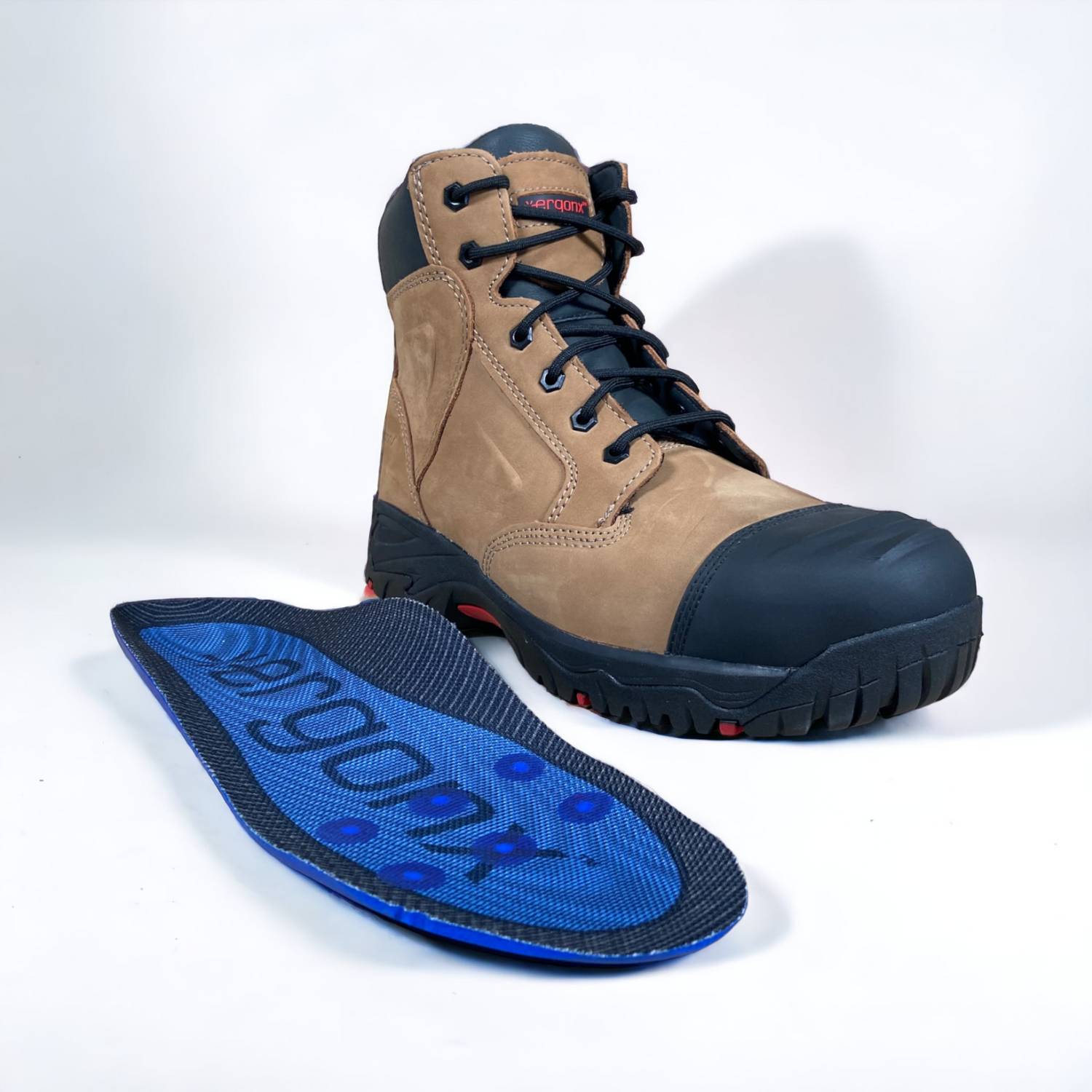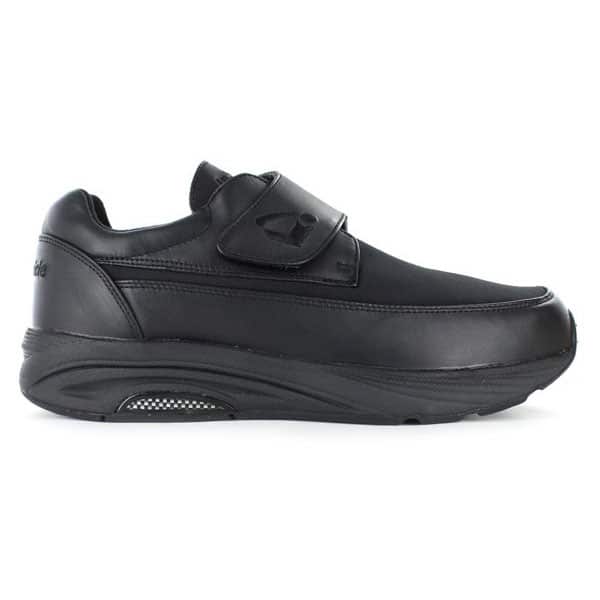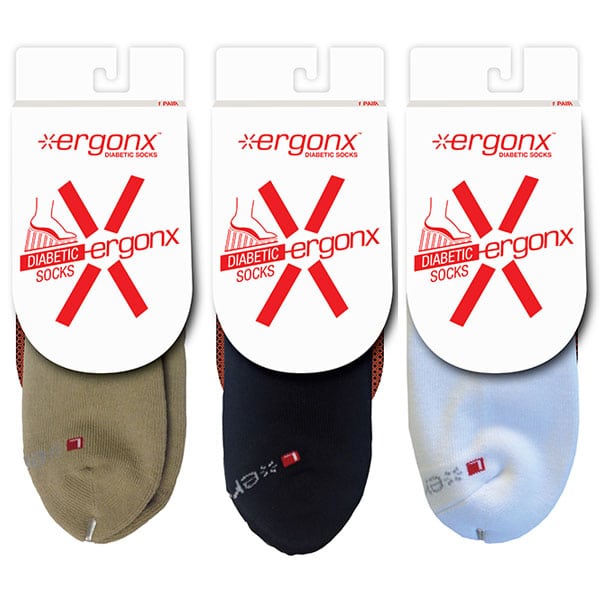Jumper’s knee Patellar tendon inflammation and rupture
Jumper’s knee is an overuse injury associated with pain on the front of the knee. It results from excess stress being imposed on the tendons around the patella, especially the patellar tendon, resulting in inflammation or tendonitis. It is common among sportspersons involved in sports where frequent jumping and knee extension is required; hence the name “jumper’s knee”.
The patella (knee cap) is the small bone in front of the knee. At its upper end the quadriceps muscle tendon is attached while at the lower end it is attached to the tibia via the patellar tendon. When the quadriceps muscle contracts, the quadriceps tendon is stretched pulling the patella upwards. This extends the patellar tendon which, in turn, pulls the lower leg bone forwards, resulting in extension of the knee joint.
Cause:
Frequent jumping, kicking and sprinting as in volley ball, basket ball, soccer, long and high jumping, etc., imposes extreme loads on the patellar tendon. Intensive activity without proper warm-up increases the risk of injury, as an unconditioned muscle is stiff and its tendon is subjected to greater stress on movement. This leads to formation of micro tears in the tendon structure. In addition, insufficient rest between activities does not allow enough time to heal the damage. Over time, this leads to inflammation and, in a worst case scenario, even partial or complete rupture of the tendon.
Most of the time, the upper end of the patellar tendon where it inserts into the patella is involved, though less frequently the lower end of the patellar tendon (where it inserts into the tibia) and quadriceps tendon may also be inflamed.
Patellar tendon rupture may also be caused by repeated steroid injections at the site. Steroids are injected to control severe or persistent inflammation; they weaken the tendon structure, increasing the risk of tearing.
Symptoms:
Pain on the front and below the knee, are the most common symptoms.
It starts as a gradual ache which, in mild cases, is felt only after exercise; however, when there is profound inflammation, pain may be felt during and after activity and movement may also become difficult.
In advanced cases, pain may be so intense as to interfere with the player’s performance.
The joint feels stiff and extending the leg or contracting the quadriceps is painful.
There may be swelling of the area; the affected tendon may appear larger in size compared with the normal one.
Diagnosis:
Ultrasound is usually the initial investigation, which shows an enlarged tendon. CT scan and MRI are other useful diagnostic aids.
Treatment:
Jumper’s knee is often neglected, and proper treatment is not sought in the earlier stages. The initial injury responds well to conservative treatment through the RICE protocol and physiotherapy. However, in prolonged cases or if the tendon ruptures, surgery is necessary.
Initial treatment focuses on relieving pain and preventing further trauma.
Rest: In mild cases, training modification would be enough, while for severe pain complete prolonged rest is required.
Ice application and NSAIDs to reduce pain.
Supporting the knee using a brace, strapping, or a heat retainer during activity.
Compression and elevation also serve to limit the discomfort.
Surgery may be needed if symptoms do not improve after 6-12 months of therapy. This involves removal of degenerated tissue, tendon repair or replacement.
A new treatment protocol involves injecting the person’s own blood locally under ultrasound guidance to stimulate healing of the degenerated tendon tissue. This Autologous Blood Injection or Platelet Rich Plasma injection therapy has shown improved healing in about 70-80% of patients.
Once pain and stiffness is reduced to a comfortable level, the rehabilitation process is started. The basic aim of rehabilitation is to improve tendon health and make it strong enough to resist injury in the future.
The rehabilitation protocol should be devised by an expert and supervision is mandatory to reduce the risk of recurrent injury as it may delay the healing further.
In case of jumper’s knee, the rehabilitation process focuses on:
Stretching and strengthening the quadriceps muscle
Strengthening other muscles in the leg, especially the calf muscles and hamstrings.
Sports massage to accelerate the healing process
Stretching:
In the beginning, stretch only mildly and stop at once if it hurts. Hold the stretch for a few seconds or more if it doesn’t hurt. Repeat four to five times daily.
Quadriceps strengthening:
Later in the rehabilitation process, muscle strengthening exercises are introduced. The aim is to restore the full potential of the muscle + tendon and to reduce the risk of future injury. A strong, flexible muscle means that the tendon does not have to face undue stresses during activity.
Start with an easy exercise, and as the range of motion improves progress to more difficult exercises.
Once the knee can be extended fully without pain and is strong enough, for example, to squat easily, start with running and jogging or sports-specific exercises. Be slow and consistent. Complete recovery requires months of rehabilitation; up to a year for advanced stages.

